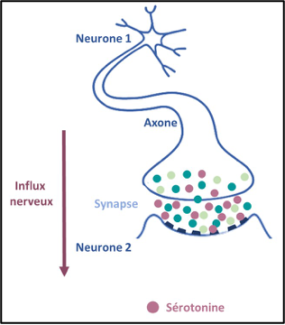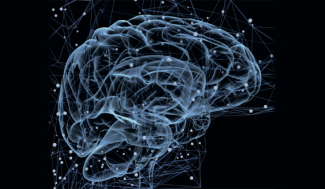Two therapeutic approaches are mostly effective in the treatment of obsessive compulsive disorder (OCD).
Behavioural and Cognitive Therapies
Behavioural and Cognitive Therapies (CBT) are based on a patient’s learning to identify and understand the mechanisms of his or her disorders and gradually change behaviours and thinking patterns.
Exposure and Prevention Treatment
Exposure and prevention treatment consists of exposing the patient to situations or persons that generally trigger his or her obsessions while preventing the performance of compulsive rituals.
For example, a patient who is obsessed with the risk of contamination and whose ritual is excessive hand-washing may be asked to touch something he considers “dirty,” such as a doorknob, without immediately washing his hands.
This repeated methodology allows for a habituation mechanism that progressively decreases the anxiety triggered by exposure.
Patients who have mastered this technique can use it on their own outside therapy sessions.

Nevertheless, some patients who do not respond to this therapy are placed on medication, usually antidepressants to reduce anxiety. These treatments act on serotonin, a molecule that allows nerve impulse communication between neurons called neurotransmitters.
These toc treatments act by increasing serotonin concentrations in the synapse (interval between two neurons) mimicking a repeated stimulation of the postsynaptic neuron, resulting in a decrease in anxiety.
At present, combining cognitive and drug therapies seems to be an effective approach.
Nevertheless, 20% of patients with OCD do not respond to these therapies and require other management that call for innovative therapeutic solutions.
Transcranial Magnetic Stimulation
Transcranial magnetic stimulation, which has been used for more than 10 years in the treatment of depression, shows positive preliminary results in OCT. This technique uses a magnetic field to alter the electrical activity (nerve influx) of brain neurons.
Deep Brain Stimulation
Deep brain stimulation, achieved through electrodes implanted in specific brain regions that deliver permanent electrical stimulation to neurons in highly targeted brain regions, may also be an alternative to conventional treatments.
In 2008, in a prospective, randomized, double-blind study, the team of Professor Luc MALLET, psychiatrist and researcher at the Brain Institute, demonstrated the safety and effectiveness of deep brain stimulation in the treatment of severe and resistant OCD. In this study it was found that after 3 months of stimulation, more than a quarter of the symptoms disappear in more than a third of treated patients.
Today, more than a dozen patients with severe and resistant OCD are being implanted.





